On View
A Landmark Assembly of Jan Van Eyck Paintings Celebrates His Stunning Eye for Natural Detail—See Highlights Here
While museums are closed to the public, we are spotlighting an inspiring exhibition somewhere around the globe each day.

While museums are closed to the public, we are spotlighting an inspiring exhibition somewhere around the globe each day.

Caroline Goldstein

While museums around the globe are closed to the public, we are spotlighting each day an inspiring exhibition that was previously on view. Even if you can’t see it in person, allow us to give you a virtual look.
What the museum says: “The exhibition unravels the myths about the artist and considers his technique, his oeuvre and his influence from a fresh perspective…
In order to contextualize Van Eyck’s optical revolution, his paintings will be shown alongside works by his most talented contemporaries from Germany, France, Italy and Spain. These artists also moved in exalted circles and received prestigious commissions. The exhibition focuses on the artistic similarities and differences between their works, thus delving deeper into the historical context in which they were created.”
Why it’s worth a look: Of the approximately 20 works by Van Eyck that are preserved, more than half will be reunited in this landmark show at the Museum of Fine Arts, many seen together for the first time ever.
The showstopper is, of course, The Adoration of the Mystic Lamb, also known as the Ghent Altarpiece, which cemented van Eyck’s reputation as an unparalleled master of his craft. After a long restoration process carried out by MSK between 2012 and 2016, the outer panels will be on view, showing the scientific precision Jan and his brother, Hubert, brought to the task.
Van Eyck worked in the court as a painter for Phillip the Good, while also catering to the wealthy merchants who populated the cities of Ghent and Bruges. His knowledge of the natural world and keen eye for detail helped make paintings that reflected a world that was beyond what had ever been created by an artist before.
What it looks like:
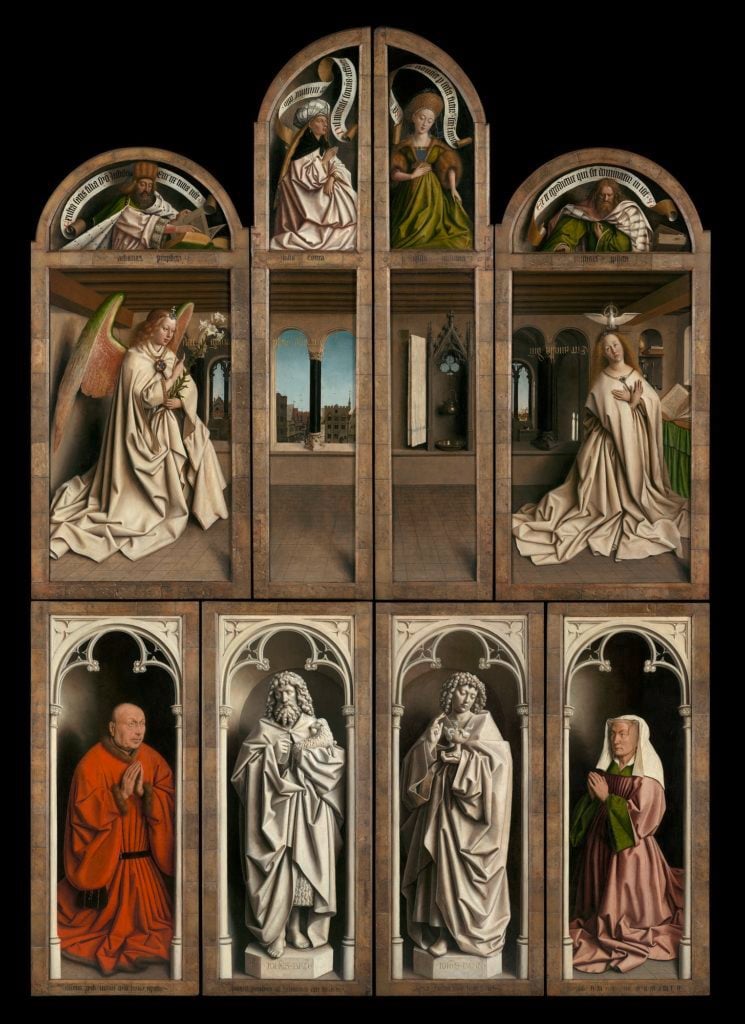
Jan and Hubert van Eyck, The Adoration of the Mystic Lamb (1432). Saint Bavo’s Cathedral, Ghent. © www.lukasweb.be – Art in Flanders vzw.
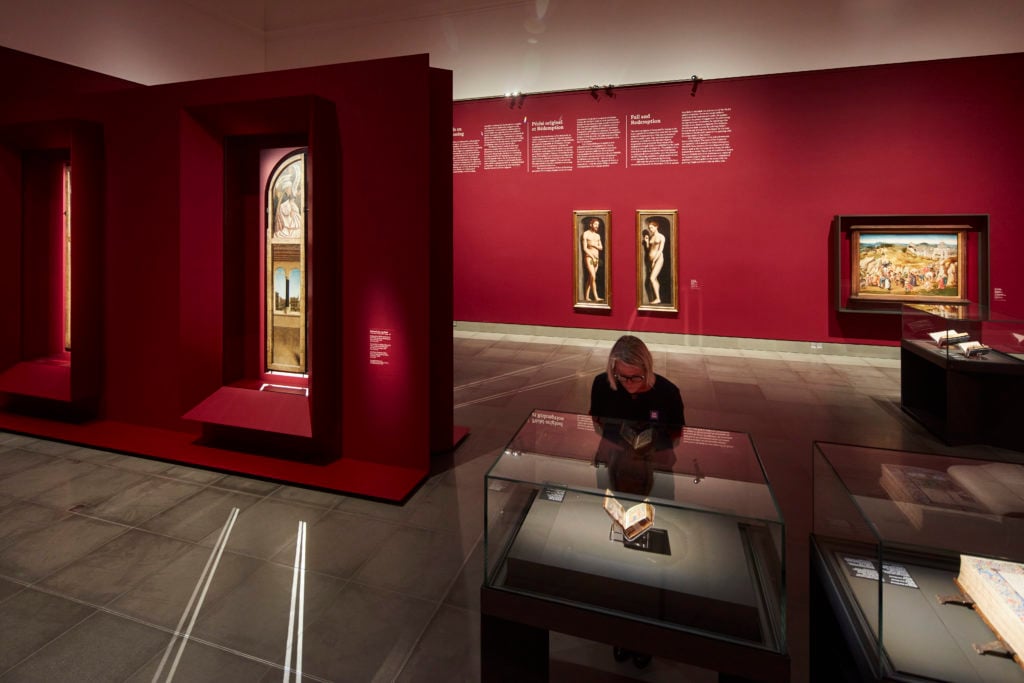
Installation view, “Van Eyck. An Optical Revolution” at the Museum of Fine Arts Ghent (MSK). Photograph by David Levene.
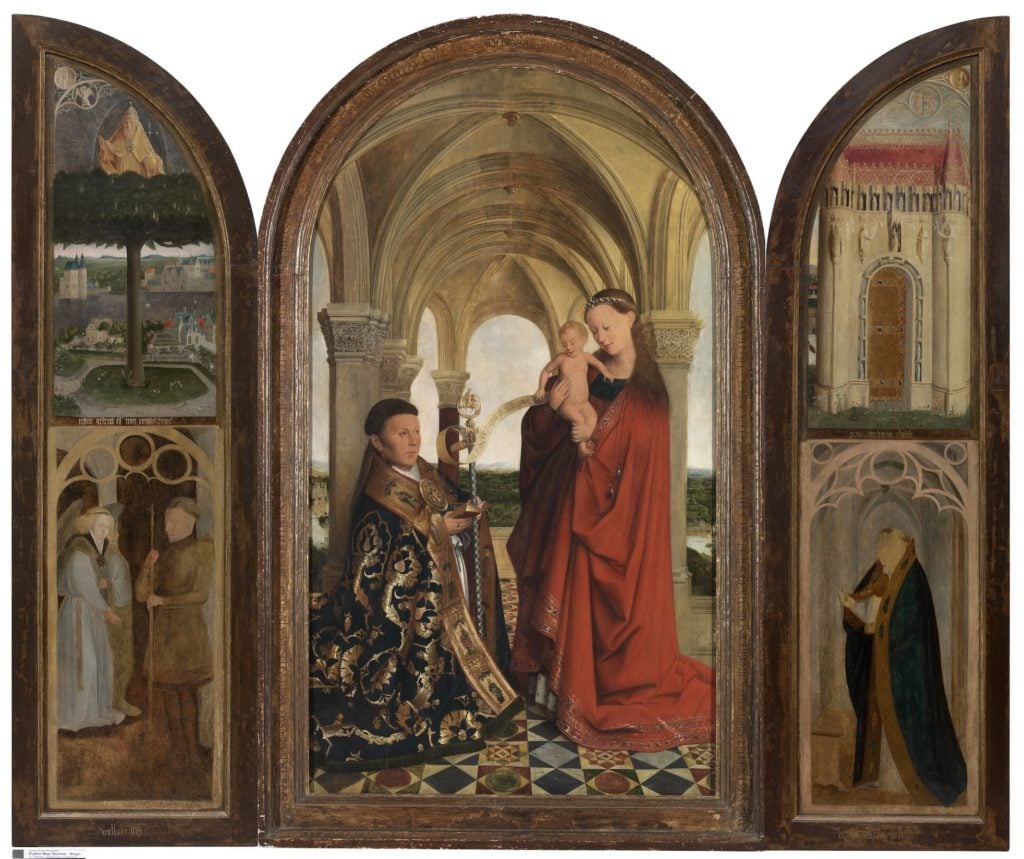
Anonymous, after Jan van Eyck, The Triptych of Petrus Wyts (first half 17th century (center panel); first half 16th center (outer panels)). Groeningemuseum, Bruges
© www.lukasweb.be – Art in Flanders vzw. Photo Hugo Maertens.
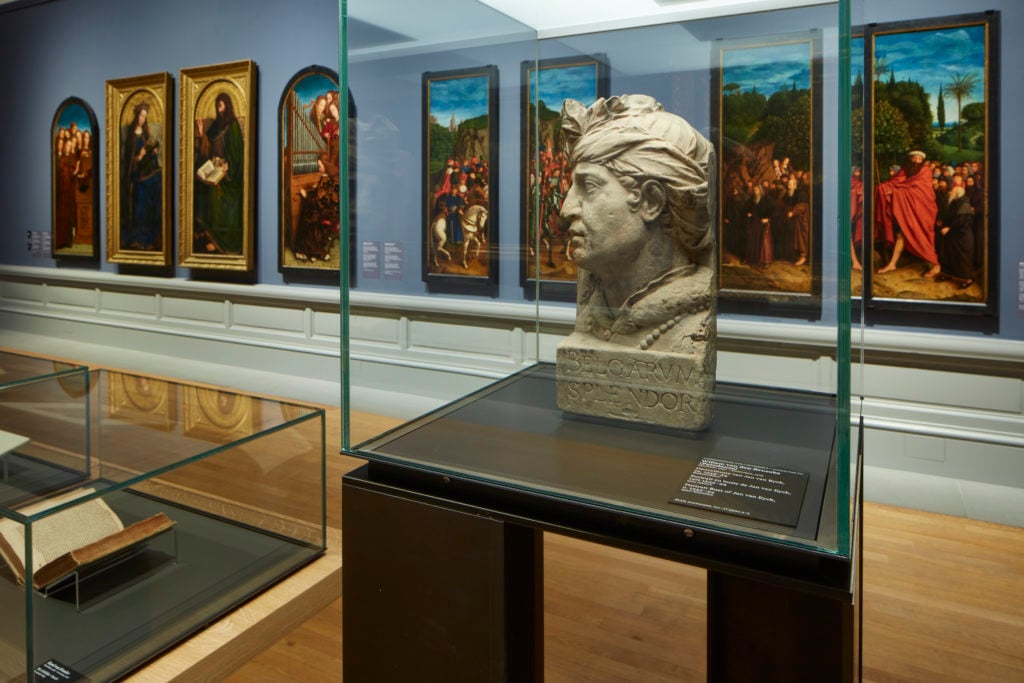
Installation view, “Van Eyck. An Optical Revolution” at the Museum of Fine Arts Ghent (MSK). Photograph by David Levene.
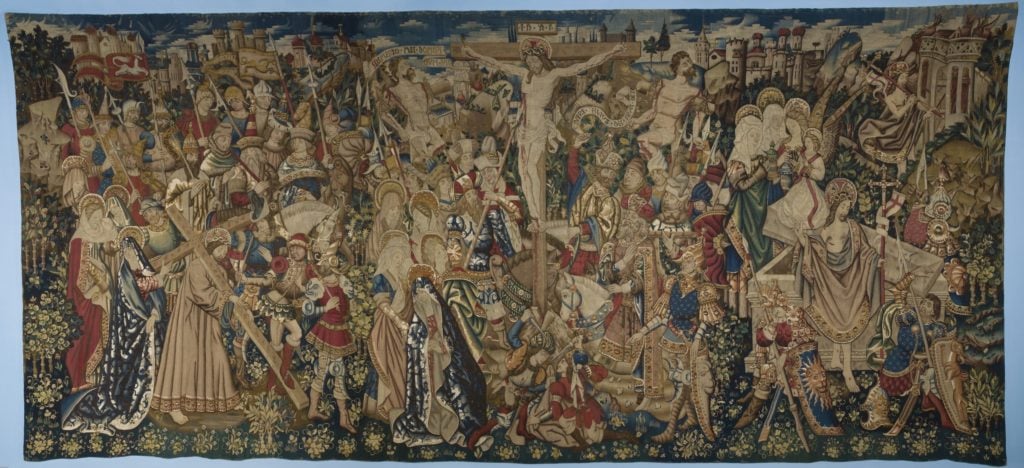
Tapestry with Scenes from the Passion of Christ: Christ Carrying the Cross, The Crucifixion and The Resurrection, (ca. 1445-1455). Royal Museums of Art and History of Belgium, Brussels ©KMKG, Brussels.
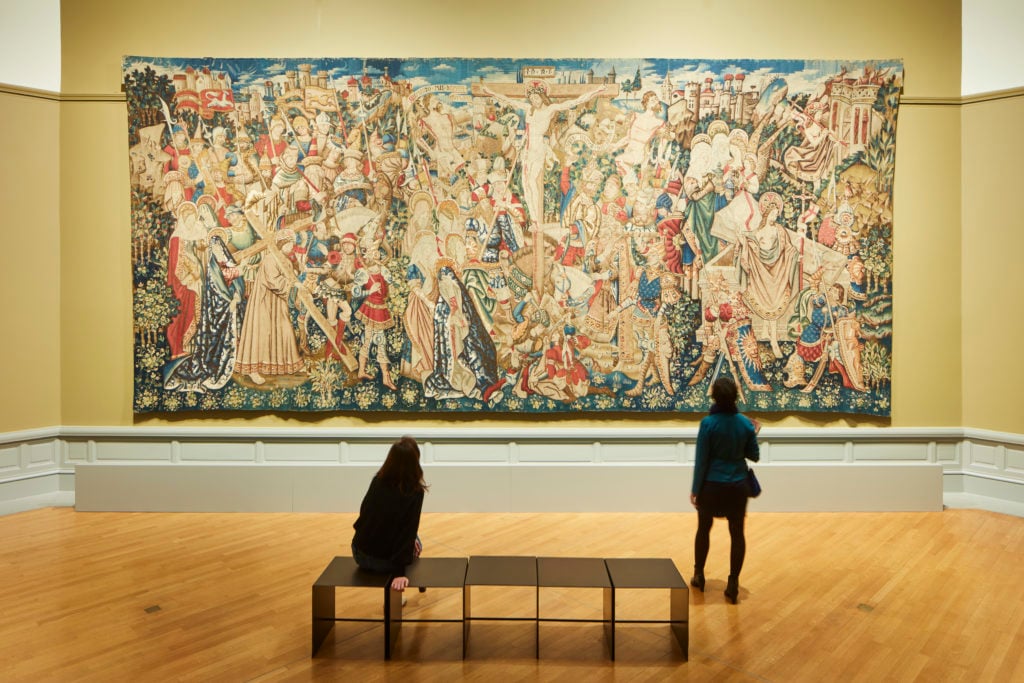
Installation view, “Van Eyck. An Optical Revolution” at the Museum of Fine Arts Ghent (MSK). Photograph by David Levene.
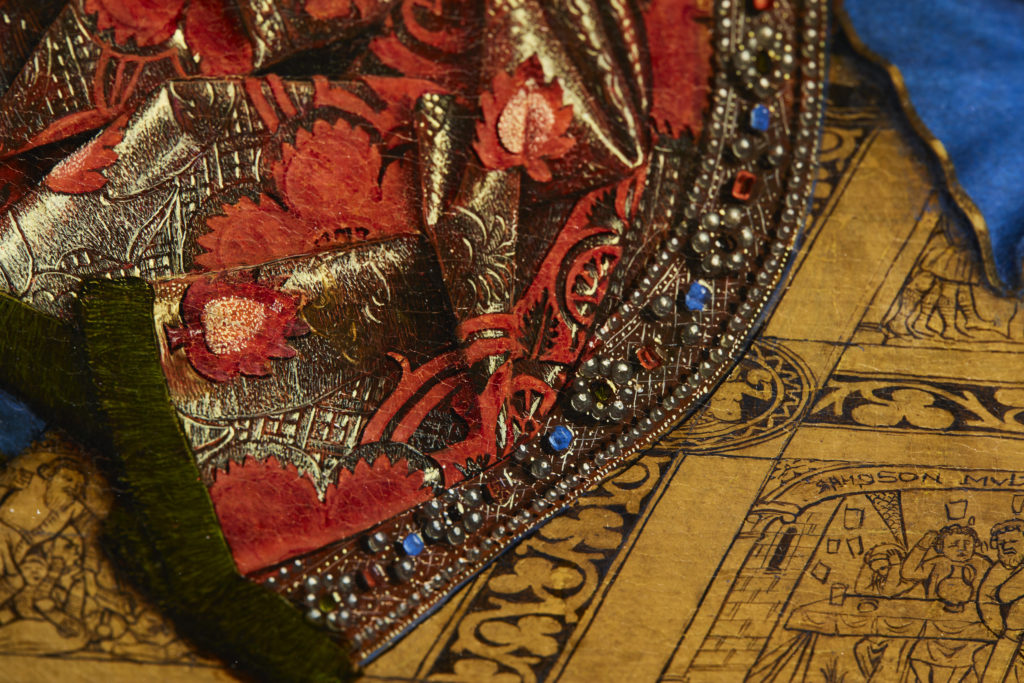
Installation view, “Van Eyck. An Optical Revolution” at the Museum of Fine Arts Ghent (MSK). Photograph by David Levene.
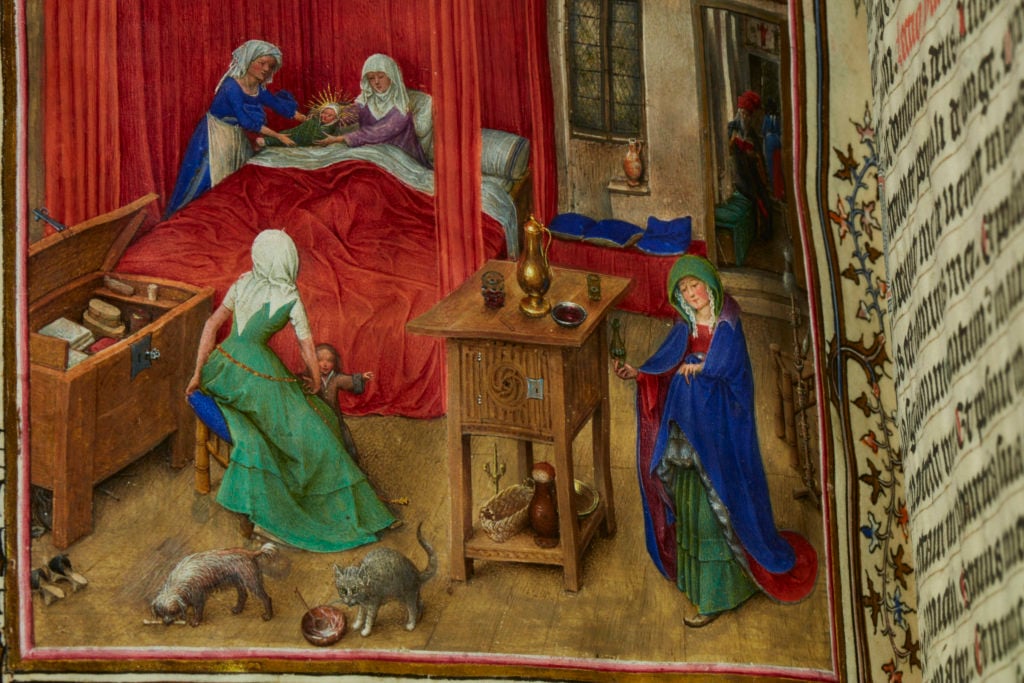
Installation view, “Van Eyck. An Optical Revolution” at the Museum of Fine Arts Ghent (MSK). Photograph by David Levene.

Jan van Eyck, The Madonna at the Fountain (1439). Royal Museum of Fine Arts, Antwerp. Photo Hugo Maertens.
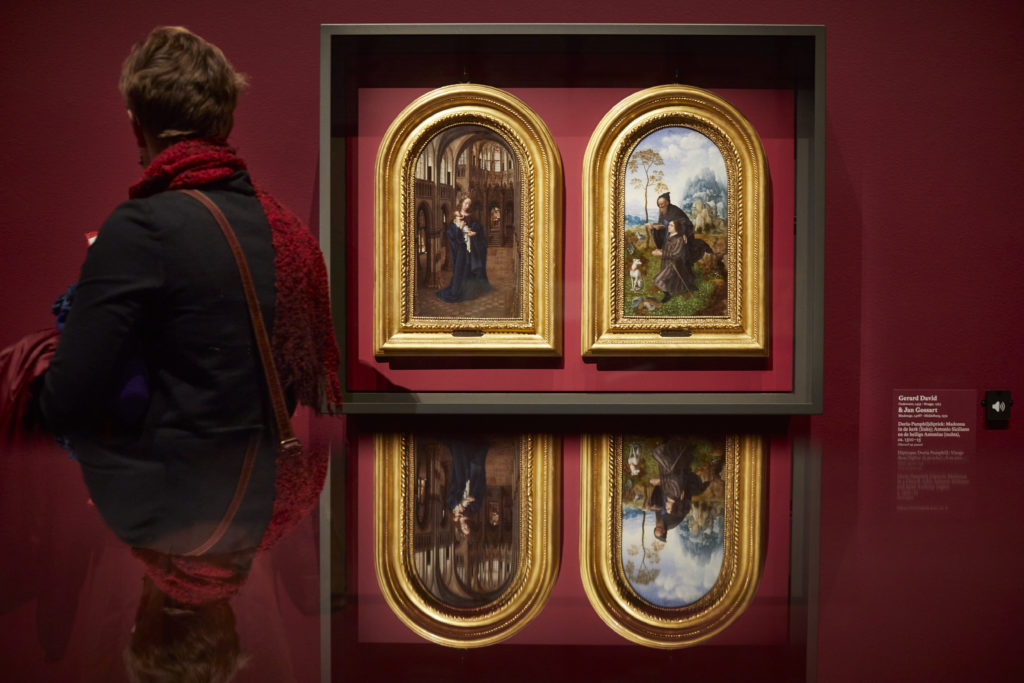
Installation view, “Van Eyck. An Optical Revolution” at the Museum of Fine Arts Ghent (MSK). Photograph by David Levene.
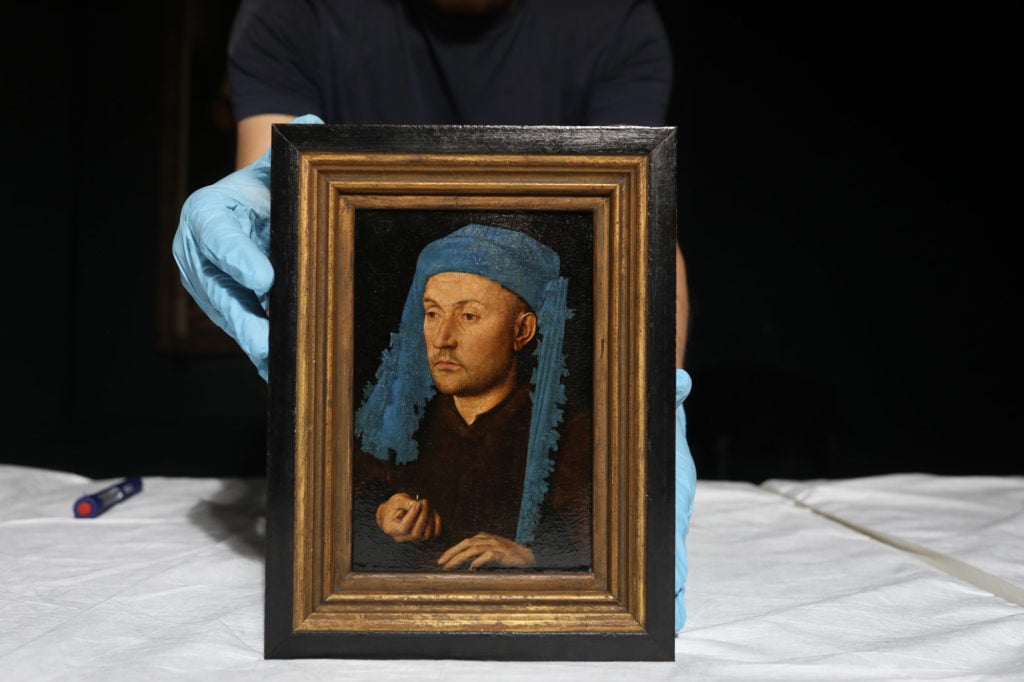
Installation of Jan van Eyck, Portrait of a man with a blue chaperon (ca. 1428-30). Muzeul National Brukenthal Sibiu Romania. Courtesy MSK Ghent, Photo: David Levene.
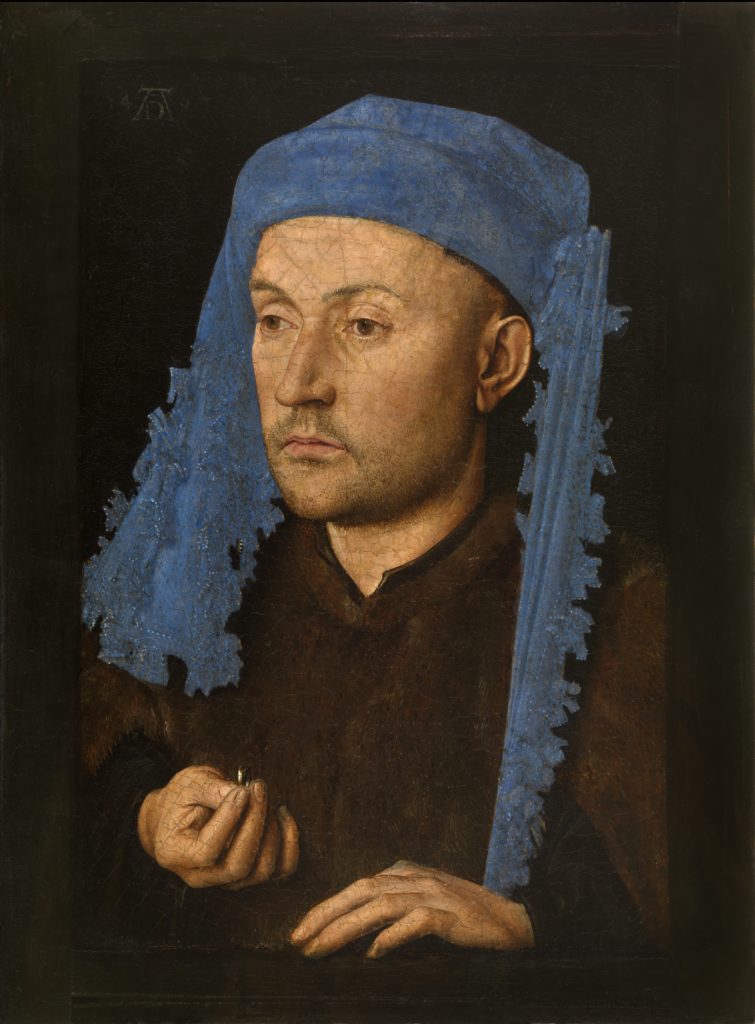
Jan van Eyck, Portrait of a Man with a Blue Chaperon (ca. 1428-30). Muzeul National Brukenthal, Sibiu (Romania).
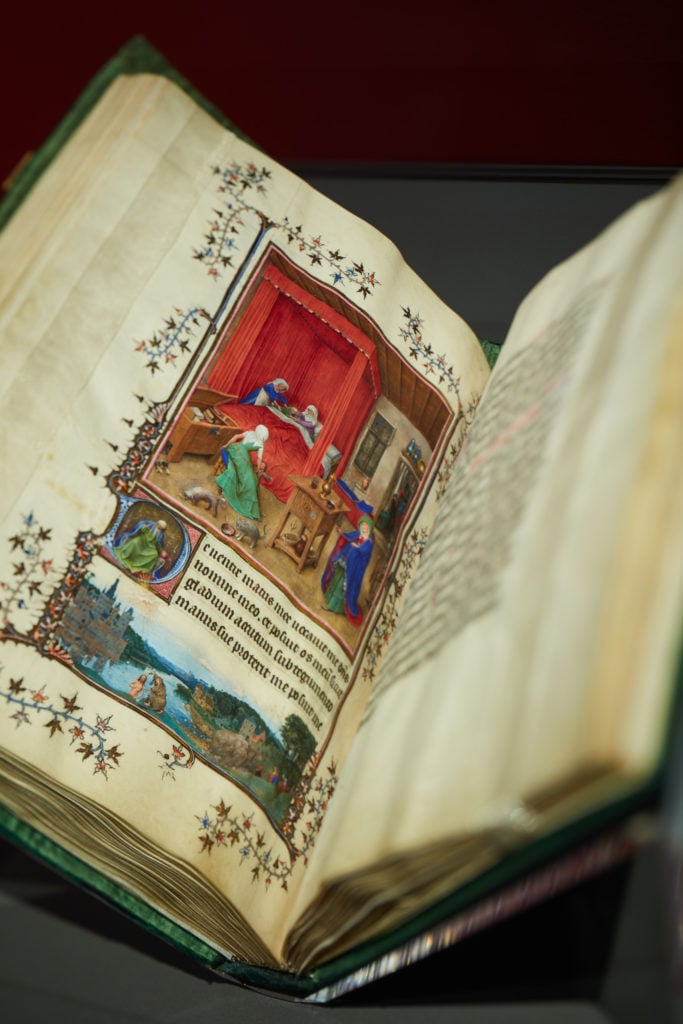
Installation view, “Van Eyck. An Optical Revolution” at the Museum of Fine Arts Ghent (MSK). Photograph by David Levene.
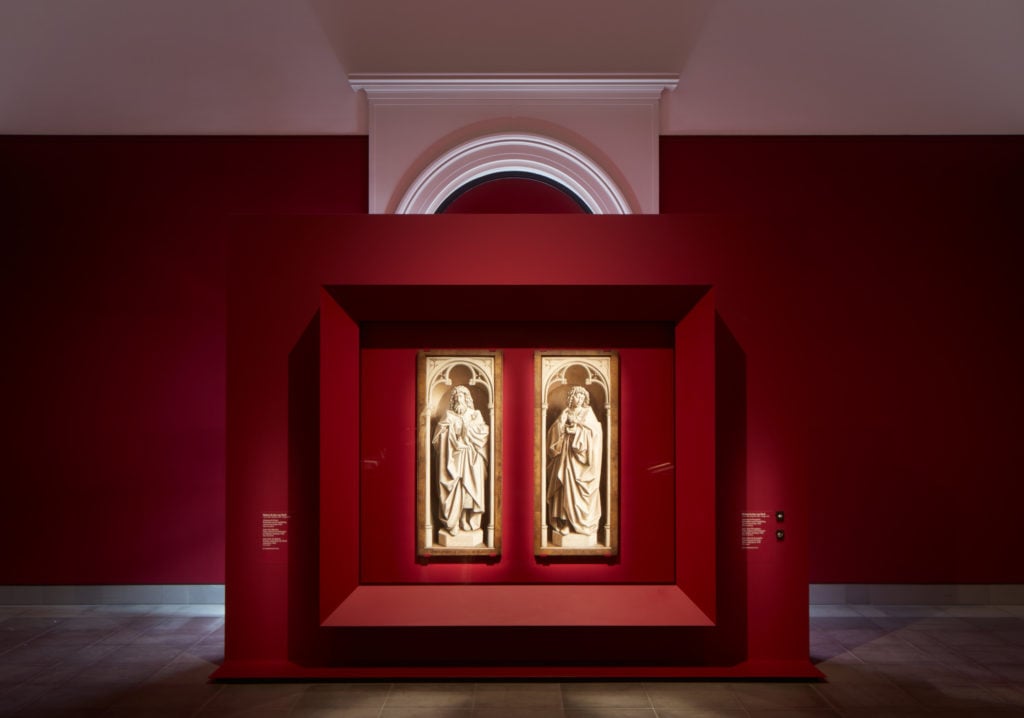
Installation view, “Van Eyck. An Optical Revolution” at the Museum of Fine Arts Ghent (MSK). Photograph by David Levene.
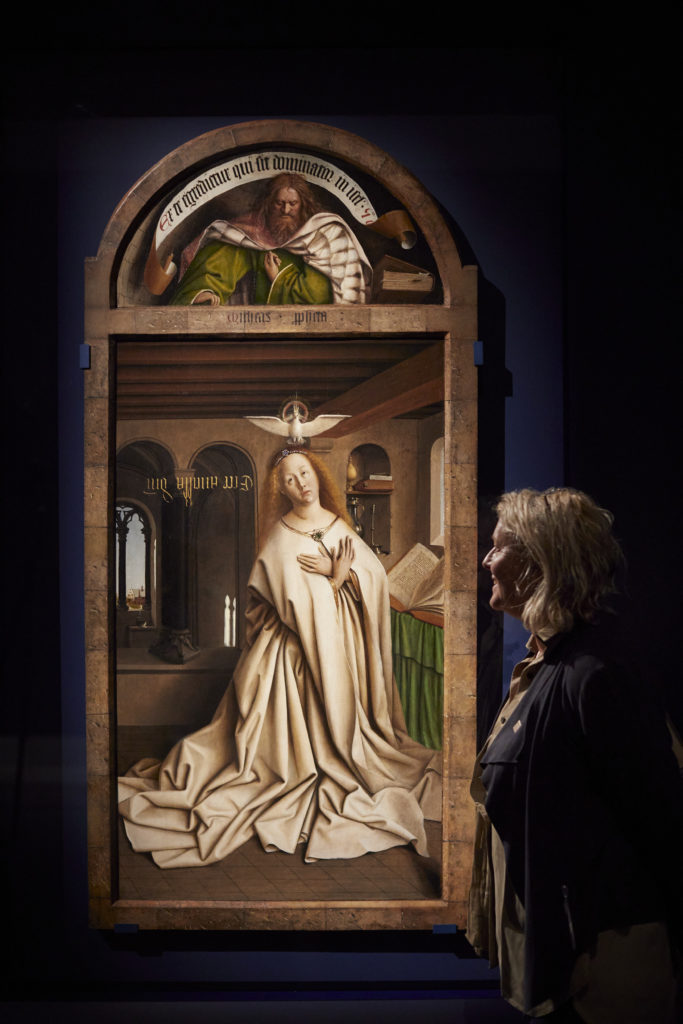
Installation view, “Van Eyck. An Optical Revolution” at the Museum of Fine Arts Ghent (MSK). Photograph by David Levene.